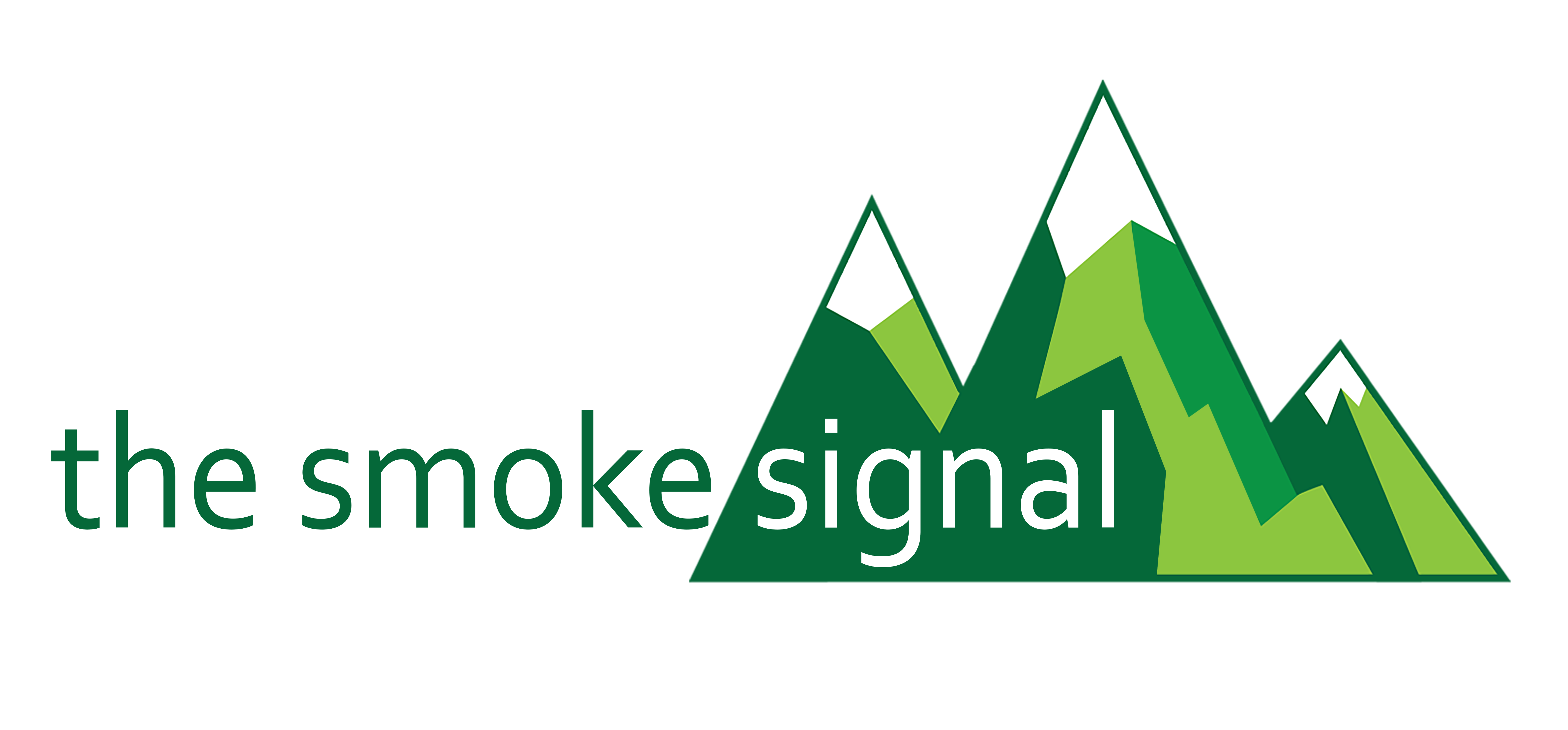
By Staff Writers Isabella He & Joanne Park
As of November 9, the Alameda County Public Health Department has permitted all schools to open, provided they establish a detailed COVID-19 health and safety reopening plan. The plan must address the flow of fresh outdoor air within school buildings, regular disinfection, minimal close contact with movement of students and staff, and health screening mandates. For more information on the decision-making processes involved in the transition back to in-person instruction, check out the Smoke Signal’s news coverage on potential FUSD school reopenings. Districts and school faculty are working to consider steps that would need to be taken as well as relative costs as they weigh the pros and cons of each side. To help inform our community in working towards the best possible decision, the Smoke Signal has delved into both sides of the issue.
For
In discussing potential school reopenings, concerns about student and faculty safety are understandable. However, quarantine has also disproportionately affected low-income, minority, and disabled students.
Distance learning that began in March has continued through the first quarter and students’ social, mental, and physical health may be suffering. Furthermore, the lack of in-person instruction makes establishing organic relationships between students, peers, and teachers acutely difficult.
In a nationwide Gallup poll conducted on May 11-24 of parents of children in grades kindergarten through 12, 29% said that their child was “already experiencing harm” to their emotional or mental health because of social distancing and school closures. 14% indicated that their children were “approaching their limits” and that a few more weeks of distance learning without face-to-face interaction would cause their mental health to suffer.
When isolated at home, students face severe losses in socially related developmental opportunities such as social-emotional learning and relationships with peers and adults. Students no longer get that face-to-face interaction and therefore don’t have the opportunity to develop interpersonal skills that will become necessary later on in future college and career experiences. Social isolation results from students and teachers spending at least five to six hours online. Coupled with a lack of communication between peers, social isolation often leads to several mental health issues such as depression, anxiety, and heightened stress.
Mental health during distance learning is a serious concern. Not only are students faced with copious amounts of stress from normal schoolwork on top of adjusting to the novelties of online learning, they must stare at digital screens to attend classes, all up to one hour and 35 minutes long per class on block schedule, making them more susceptible to digital eye strain. Video calls are socially draining and require sustained and intense attention to audio cues rather than typical social cues.
Too much exposure to screens may result in health issues ranging from headaches to physical lethargy. (Check out the Smoke Signal’s Feature Guide to Healthy Screen Habits for tips.) According to Inside Higher Ed, a publication that primarily reports on topics related to school and education, these health conditions are a slippery slope and can be related to more serious, long-term issues such as depression. This perpetuates a cycle of unproductivity as mental health and school work influence each other.
Distance learning not only has detrimental influences on student health, but on academic potential as well. Students who require accommodations, such as extended deadlines, mental health breaks, and additional technology such as chromebooks, may find it more difficult to express their needs to teachers online. This damages student’s ability to obtain the resources they need to reach their full academic potential.
Additionally, the lack of in-person schooling poses even greater issues for students who have financial challenges. Lack of high internet speed, webcams, microphones, headsets, printers, and access to a quiet space to work put these students at a disadvantage as these elements are all necessary parts to a successful learning environment in quarantine. In contrast, students at school simply need the traditional pen and paper. According to an analysis from McKinsey & Company, low income students could experience losses equivalent to 12.4 months of learning during the COVID-19 pandemic from student disengagement and lack of access to necessary resources.
Against
FUSD schools may have received the notice they are eligible to submit plans that meet the Alameda County requirements to reopen, but current positivity rates, testing averages, and challenges with safety precautions still make reopening schools a physically dangerous decision. While students and teachers may be anxious to return to school, the concern for public safety outweighs the disadvantages of distance learning.
The correlation between low state testing rates and outbreaks after reopenings indicates that testing is critical to making schools a safe environment, but CA does not meet minimum testing requirements to mitigate the spread of COVID-19. The state currently only conducts 314 tests per 100,000 people, failing to meet basic mitigation requirements of 564 tests per 100,000 people. In states where virus outbreaks occurred after reopening, the New York Times determined that testing measures were far below the target number of daily coronavirus tests set by the Harvard Global Health Institute. Even if FUSD strictly follows in-school screening policies with temperature checks, CA’s failure to meet testing targets leaves undiagnosed infected people with the potential to spread COVID-19 to students and faculty.
While some may point to successful reopenings in other countries, referencing favorable outcomes in other parts of the world as justification for reopening in the US is inherently flawed. With a relentlessly high number of COVID-19 cases, a limited testing capacity, and a decentralized education system across 50 states, the US is not even remotely in the same position as other countries were when they reopened. For instance, when Singapore reopened on June 2, the country recorded 544 new positive cases, while CA alone recorded 2,883 new cases as of October 12. The US currently accounts for 4% of the world’s population and 25% of the world’s COVID-19 cases. CA has the largest number of COVID cases in the US, accounting for nearly 11% of the US’ total cases. Due to the sheer number of cases in CA alone, opening schools in FUSD is extremely risky.
In addition to the health concerns around high case numbers in CA and low testing averages, FUSD schools face limitations in resources required for safe reopening. Given FUSD’s limited staff and high facility maintenance needs, it is not possible for schools to strictly adhere to guidelines and safety measures set by the Alameda County Public Health Department, which include maintaining six-feet of physical distancing at all times, regularly disinfecting classrooms, and conducting health screenings. FUSD simply doesn’t have the capacity to guarantee that students and staff will follow such guidelines. Assistant Principal Jeana Nightengale said, “We only have so many custodians. We have close to 100 classrooms.”
As recommended by the Centers for Disease Control and Prevention (CDC), regular hand-washing is critical in reducing virus transmission. However, not all classrooms have sinks, making it exceedingly difficult to meet the required disinfection guidelines. Furthermore, hand-washing needs will compound the issues with restroom congregation and maintaining social distancing in small, enclosed spaces. Maintaining six-feet of social distancing at all times with a student body population of around 2,000 is a tall order. Even with a hybrid model, it will be next to impossible to keep track of all students on campus at all times and enforce social distancing.
Additionally, school heating, ventilation, and air conditioning (HVAC) systems are critical to limiting COVID-19 transmittance. At MSJ, the aging HVAC system from 1964 has a history of malfunction, putting people at risk of exposure to airborne contaminants and virus transmission. Failure to properly implement guidelines means the likelihood of students and teachers contracting COVID-19 is extremely high, and the limitations of FUSD’s safety resources makes an outbreak highly probable.
With high positivity rates and low testing averages, especially in comparison to those in foreign regions, FUSD is far from ready to reopen campus doors. Furthermore, the limitations of FUSD’s resources keep the district from being able to properly adhere to safety guidelines, which makes returning to in-person instruction even more risky. To keep students, teachers, and their families safe, schools should not reopen at this time until positivity rates drop and safety measures can be substantially implemented.
Cover graphic by Opinion Editor Aria Lakhmani






